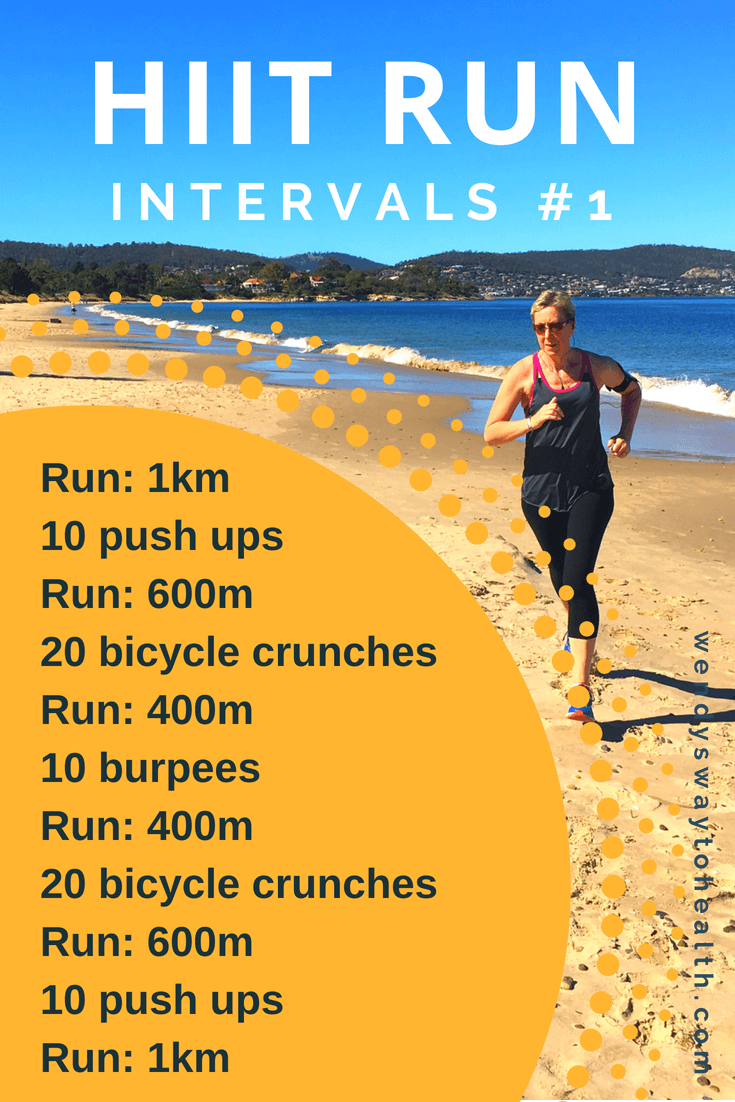Running Workout Tips: Improve Your Efficiency Today
Running Workout Tips: Improve Your Efficiency Today
Blog Article
Getting Rid Of Pain in Operating: Methods and Techniques That Work
Discomfort is a common buddy for several runners, commonly acting as a barrier to accomplishing their wanted goals. However, with the ideal approaches and techniques, it is possible to get rid of and also prevent the discomfort connected with running. By checking out numerous methods such as recognizing the different sorts of running pain, enhancing shoes and type, integrating cross-training and toughness workouts, applying reliable recuperation approaches, and keeping correct nourishment and hydration, joggers can potentially ease their discomfort and improve their general running experience.
Comprehending Different Sorts Of Running Discomfort

One more sort of running discomfort is joint pain, which can materialize as a sharp or throbbing discomfort in locations such as the knees, hips, or ankle joints (running workout). Joint pain might be triggered by aspects like inappropriate running form, overuse, or underlying conditions like joint inflammation (try this). It is crucial to differentiate between muscle mass pain and joint discomfort, as the latter may need clinical focus to stop further injury
Understanding the various kinds of running discomfort is important for efficient management and avoidance approaches to make sure a risk-free and pleasurable running experience.
Proper Shoes and Running Type
To maximize efficiency and decrease the threat of running-related injuries, choosing suitable shoes and maintaining appropriate running form are crucial elements for joggers of all levels. It is suggested to pick running shoes that are particularly made for the individual's foot type, running stride, and the kind of running activity they engage in.

Cross-Training and Toughness Exercises
Taking part in cross-training and including stamina workouts into a running regimen can dramatically boost total performance and reduce the probability of injuries. Cross-training, such as biking or swimming, assists enhance cardio fitness while providing running muscles a break from repetitive impact. It also assists strengthen different muscular tissue groups, leading to much better overall body conditioning. Stamina workouts, like squats, lunges, and core workouts, play a crucial function in stabilizing muscle mass and boosting running efficiency. They can remedy muscle discrepancies, boost agility, and improve power result, all of which are vital for running efficiency.
Integrating cross-training and stamina exercises right into a running routine must be done purposefully. It is necessary to enable sufficient remainder in between running sessions and cross-training tasks to stop overuse injuries. In addition, concentrating on correct kind and strategy throughout toughness workouts is vital to optimizing their advantages and reducing the threat of injury. By including these components right into a running regimen, joggers can develop a stronger foundation, improve efficiency, and appreciate a more lasting running experience.
Recovery and Rest Techniques
Having actually developed the significance of cross-training and strength workouts in a thorough running routine, attention can currently be guided towards Recuperation and Rest Techniques as indispensable elements for optimizing efficiency and decreasing the risk of injuries. (running strategy)
Recovery after running is crucial for muscle mass repair work and development. Methods such as foam rolling, extending, and massage aid in minimizing muscle discomfort and improving adaptability. Sufficient remainder between runs enables the body to recover and adapt to the physical stress, stopping overuse injuries.
Incorporating energetic recuperation days into a training timetable, where low-intensity activities like walking or biking are performed, can improve blood flow and promote recovery without placing excess stress on the muscle mass. In addition, proper hydration and nourishment play an essential role in the healing procedure by renewing shed liquids and nutrients.
Quality rest is another crucial facet of recovery that ought to not be forgotten. During rest, the body goes through fixing and regeneration processes, adding to general physical and psychological wellness. By focusing on recuperation and remainder techniques, joggers can keep optimum efficiency degrees and reduce the likelihood of experiencing pain or injuries.
Nourishment and Hydration for Runners
Just how can runners enhance their efficiency via appropriate nutrition and hydration techniques? Nutrition and hydration are vital aspects of a runner's training regimen, playing a critical duty in efficiency, endurance, and recuperation. To boost efficiency, runners ought to concentrate on consuming a well-balanced diet that consists of carbs, healthy proteins, healthy fats, vitamins, and minerals. Carbohydrates offer energy for running, while healthy proteins help in muscle mass repair service and healing. Healthy and balanced fats sustain general health and help in soaking up crucial nutrients. Ample hydration is additionally necessary to preserve optimal efficiency, as even mild dehydration can adversely affect running performance. Joggers ought to drink water prior to, during, and after their runs to remain hydrated. Electrolytes, such as sodium and potassium, are additionally crucial for maintaining liquid balance and muscle feature - running workout. In addition, timing meals and treats properly before runs can aid avoid gastrointestinal discomfort and provide the needed energy for peak efficiency. By focusing learn the facts here now on their nourishment and hydration, runners can boost their endurance, accelerate recuperation, and do at their best.
Conclusion
Finally, by recognizing the various kinds of running discomfort, putting on proper footwear, preserving proper running form, incorporating cross-training and stamina workouts, focusing on recuperation and remainder, and concentrating on nutrition and hydration, runners can successfully get rid of discomfort and boost their efficiency. Implementing these techniques and methods can assist joggers protect against injuries, boost their endurance, and inevitably enjoy a more fulfilling running experience.
Report this page